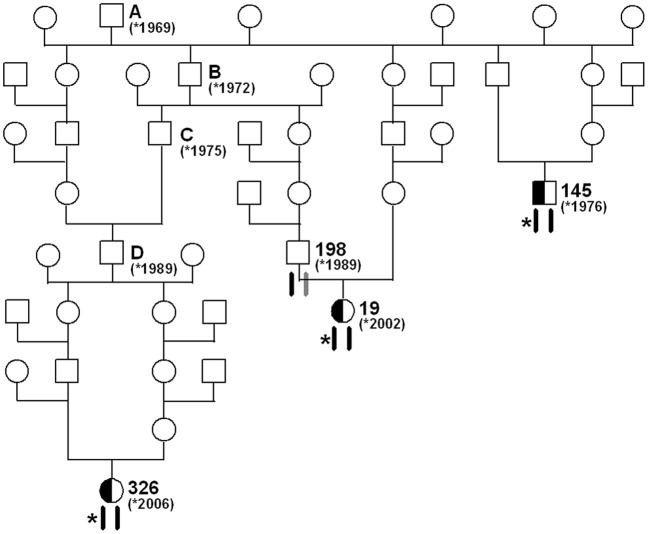Figure 4. Pedigree of selected inbred Romagnola cattle.
The special structure of livestock families facilitates the mutation identification: The sire A, born 1969, is the assumed founder animal for paunch calf syndrome. The paunch calf syndrome mutation (indicated by an asterisk) most likely occurred in the germline of sire A. Beneath the animals the two copies of BTA 17 are indicated. Black symbols represent the ancestral chromosome, on which the mutation occurred. Gray symbols represent any other wild-type copy of BTA 17. Due to inbreeding loops three animals (cow 326, cow 19, bull 145) have inherited two copies of the same chromosome from their common ancestor (sire A). These three animals were genotyped as heterozygous carriers of the KDM2B mutation. For the cow 19 it is shown that her paternal copy of the critical 1.23 Mb interval is still in its ancestral wild-type state as her father (bull 198) was tested KDM2B clear, while her maternal copy carries the paunch calf syndrome mutation. The BTA 17 haplotypes were confirmed by SNP genotyping of available samples from cow 326, cow 19, bull 198 and bull 145. Based on pedigree and marker data these three animals were identical-by-descent for the critical segment on BTA 17, with the only exception of the causative paunch calf syndrome mutation.

